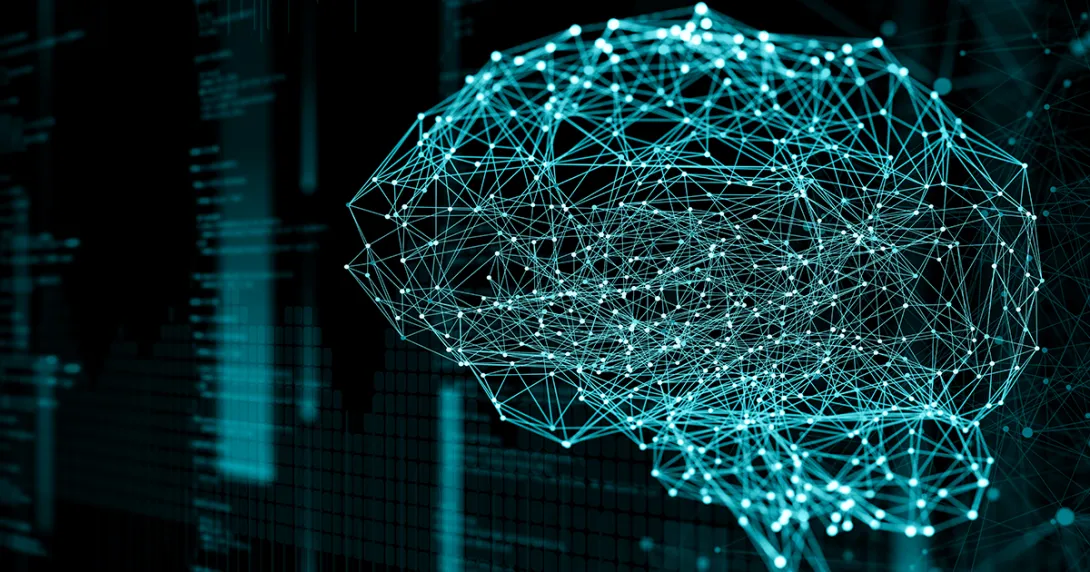It's a fact: Remote care monitoring and telehealth "will become much more commonplace going forward," says Barry Burk, vice president, healthcare industry at IBM Canada.
An innovative new clinical trial being conducted at the University of Alberta using IBM software is showing just how ubiquitous that technology could become.
Launched this past June, the trial finds University of Alberta researchers collaborating with clinicians at the Glenrose Rehabilitation Hospital in Edmonton, putting IBM's WebSphere Sensor Events software to work on monitoring elderly patients staying in a self-contained “independent living suite."
The so-called Smart Condo is outfitted throughout with sensors and equipped with "smart" devices that collect and relay information about their daily activities. IBM software correlates data from sensors capturing patient activity and replicating that in a virtual world with avatars – not unlike those in the Sims and Second Life – that represent the elderly subjects.
"From a privacy perspective, we didn't want video cameras actually monitoring the people, so the avatars are a representation of where people are in the condo and what movements they're making," explained Burk.
The point of the project, ultimately, is to "help transition people to independent living," said Monica Sawchyn, executive director of IBM's Center for Advanced Studies in Alberta.
The WebSphere Sensor Events software gathers and processes data from a variety of sensors, which monitor inputs ranging from seniors' heart-rate to their body weight – as well as keeping track of their use of doors, furniture, light switches and appliances.
"One thing we've tried to do is make it very unobtrusive," said Burk. "The sensors don't have to be very obvious or very visible."
The data stream is then analyzed to assess the occupant’s ability to take medication as prescribed and other aspects of independent living, with the results animating an avatar of the occupant, which tracks with their activities in a virtual version of the apartment.
So far, researchers have identified a need to track other activities – use of wheelchairs or walkers and food intake, for example. "We're looking at being able to applying different sensor media to collect more data," said Sawchyn, "and analyze that data and look for patterns to mitigate risk as you try to transition people from assisted care to independent living."
The study ultimately hoped to help make better use of healthcare resources, enable remote collaboration among providers and contribute to early intervention and long-term management of chronic diseases.
"It's certainly helped from the clinician aspect, in terms of being able to understand how the seniors are moving through the suite – to be able to regulate if there's falls, for instance, whether intervention should occur," said Sawchyn. "And then from a training aspect, we've gained new insight into how you can train medical personnel to intervene with seniors."
That said, while the focus is on seniors, the benefits of the study can extend beyond that demographic to people with chronic disease, or anyone needing long-term care outside hospital walls.
“We know data is being generated all the time, but harnessing, aggregating, analyzing and gaining insights from it have been challenges," said Eleni Stroulia, a researcher at the University of Alberta.
"When you view data as diverse as heart rate monitor and electrical consumption independently, out of context, it means very little," she added. "The IBM software has enabled us to put it together in a visualization and actually see a patient’s ability to function independently, so clinicians can intervene when necessary and students can learn how best to care for them. It has provided visibility to the physical world in a way we’ve never been able to see it before,”
With the number of Americans older than 65 expected to rise to 88.5 million in 2050 – a full 20 percent of the U.S. population, projects like these are increasingly important. "From a macro perspective, you've got aging population," said Burk. "The issue is how to keep people in their homes for longer, or how to transition them out of care settings or hospitals back into their homes." Projects such as the Smart Condo, he added, are meant to "keep people out of the healthcare system.
"We're at the leading edge of what you can do," said Burk. "There are millions and millions of sensors out there. We're just trying to apply them and make healthcare smarter"


